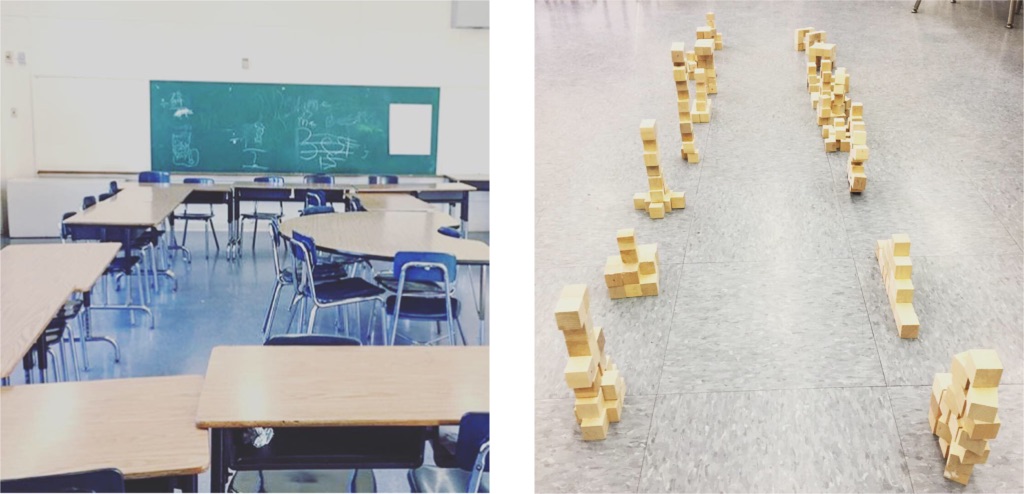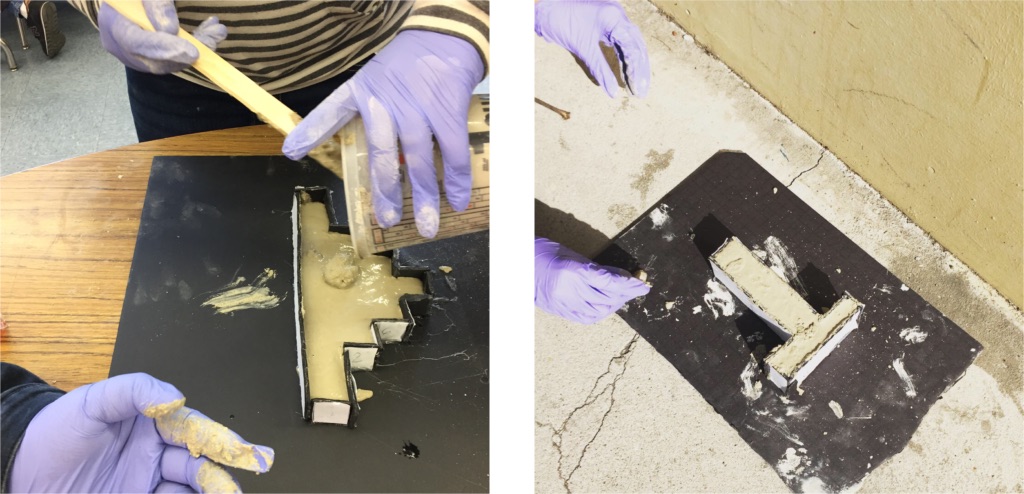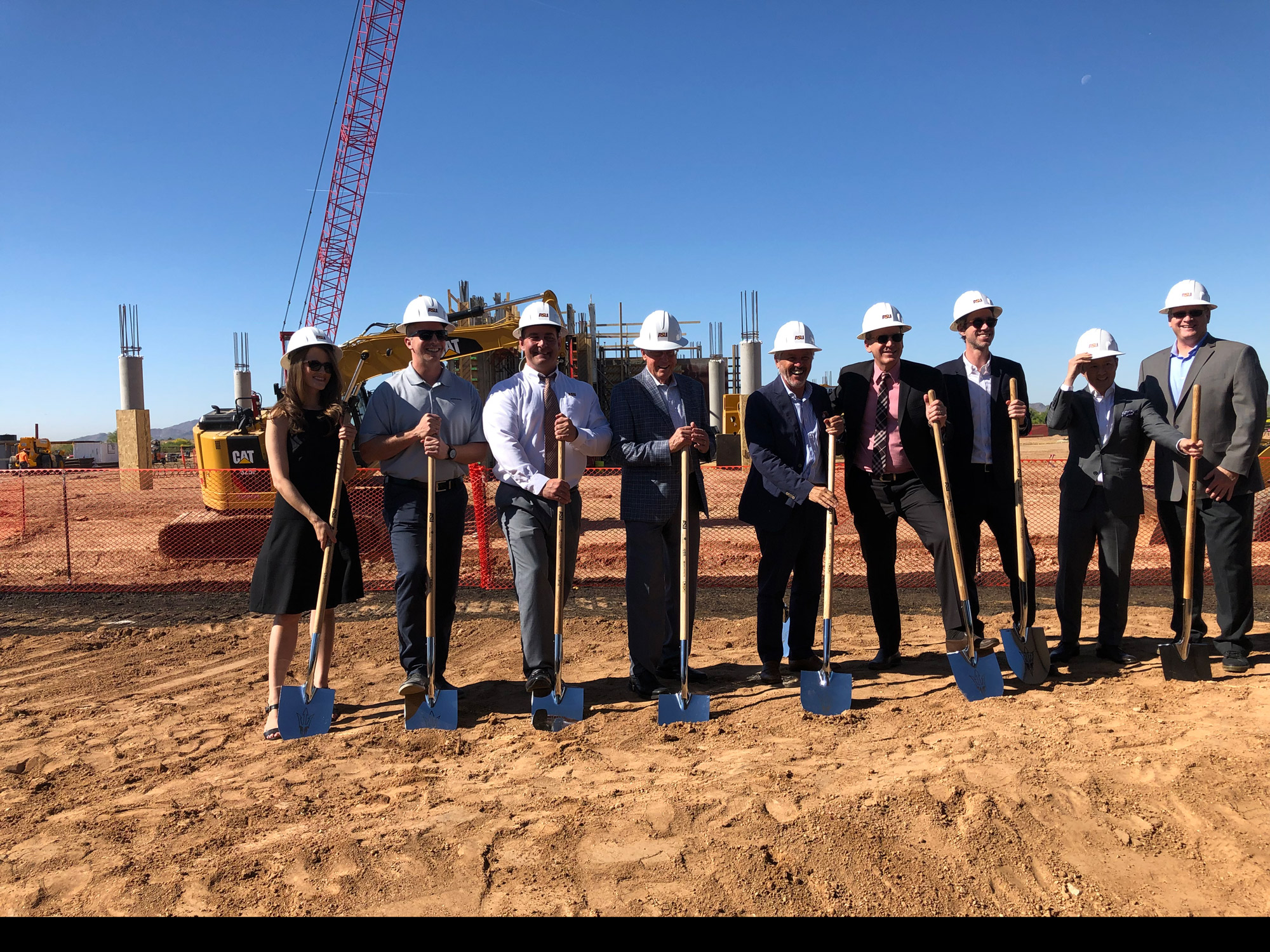STEAM Volunteer Program with LAUSD & Oasis Center International

Memory box of images students captured during the program gifted to the school principal.
By Jen Wong
Oasis Center International was established in 2012 to provide STEAM (science, technology, engineering, architecture and mathematics) education to under-resourced youth in low- to moderate-income neighborhoods in Orange County. After over five years of concentrating efforts in Orange County and impacting nearly 10,000 students, there was interest in expanding the reach to Los Angeles.
I have been a volunteer with Oasis since 2014, and this experience has fueled my interest in introducing youth to the field of architecture and its basic principles. In addition to working with Oasis, I have also volunteered my time and support to other architecture and design programs around LA, including LAUSD career days and Makers Mess workshops. When Oasis pitched a 10-week pilot arts program to LAUSD’s Mayberry Elementary School in Echo Park, I was asked to create and teach the curriculum for the Architecture + Design Afterschool Program.
The Architecture + Design Afterschool Program kicked off in January 2019 with a group of 20 fourth and fifth graders who were challenged with weekly activities involving individual and group projects. Each activity focused on creative problem solving, designing within constraints, and working with the strengths and weaknesses of materials.

As a means of documenting and providing tactile learning resources, disposable single use cameras were provided to each student. Throughout the duration of the program, each student was limited to taking 27 exposures of what inspired them in and out of the classroom. We also utilized five shared cameras for the students to take pictures of each week’s lessons. There were a few kids who jumped at the opportunity to photograph their classmates’ work, and would experiment with taking progress photos from different angles. One student was very invested in documenting the class activities and helped stage the final products for photos on the second to last week of class. The simplicity and almost archaic use of the tool and development of film kept their attention and fueled their curiosity.

Initially, most students associated architecture with construction. A few of them had parents who worked in the construction industry and grasped the concepts rather quickly. A majority of the students were exposed to architectural design principles for the first time. Confusion turned to intrigue and curiosity once verbally expressed concepts translated into tactile activities. Throughout the program, I saw that 2D concepts were harder to grasp than 3D problem solving. Some students would lose focus or couldn’t understand the purpose when asked to draft/draw their massing models, or when taught how to enlarge their built models as 2D drawings on graph paper. I recognized that I needed to task the students with something they could visualize or assign activities that required team effort. When I asked the students to build an object or test the structural integrity – destroy their models using weights – I noticed that the students stayed engaged and excited for the whole class.

Right: The strengths and weaknesses of each were apparent once collectively compared at the end of the program.
The pilot program was a learning experience for both the students and myself, and ultimately was a successful one. Oasis Center International has a three year contract with LAUSD and that includes the Architecture + Design Afterschool Program and also a tap dancing after school program, so more students will be exposed to the program and the fields of architecture and design. Since I created the curriculum for the A+D pilot program, I chose to head the effort to see what worked and what didn’t before proposing that others volunteer their time to lead sessions. Oasis’ main goal is to continue the program with LAUSD and grow the their reach from an initial focus in Orange County to include Los Angeles. Oasis is actively recruiting volunteers willing to come to their office and share in their mission, as well as help expand their reach in Los Angeles elementary and middle schools.

